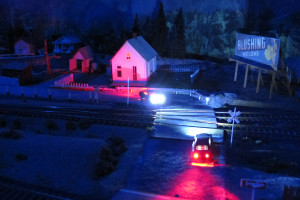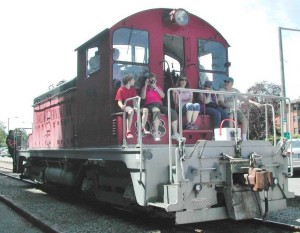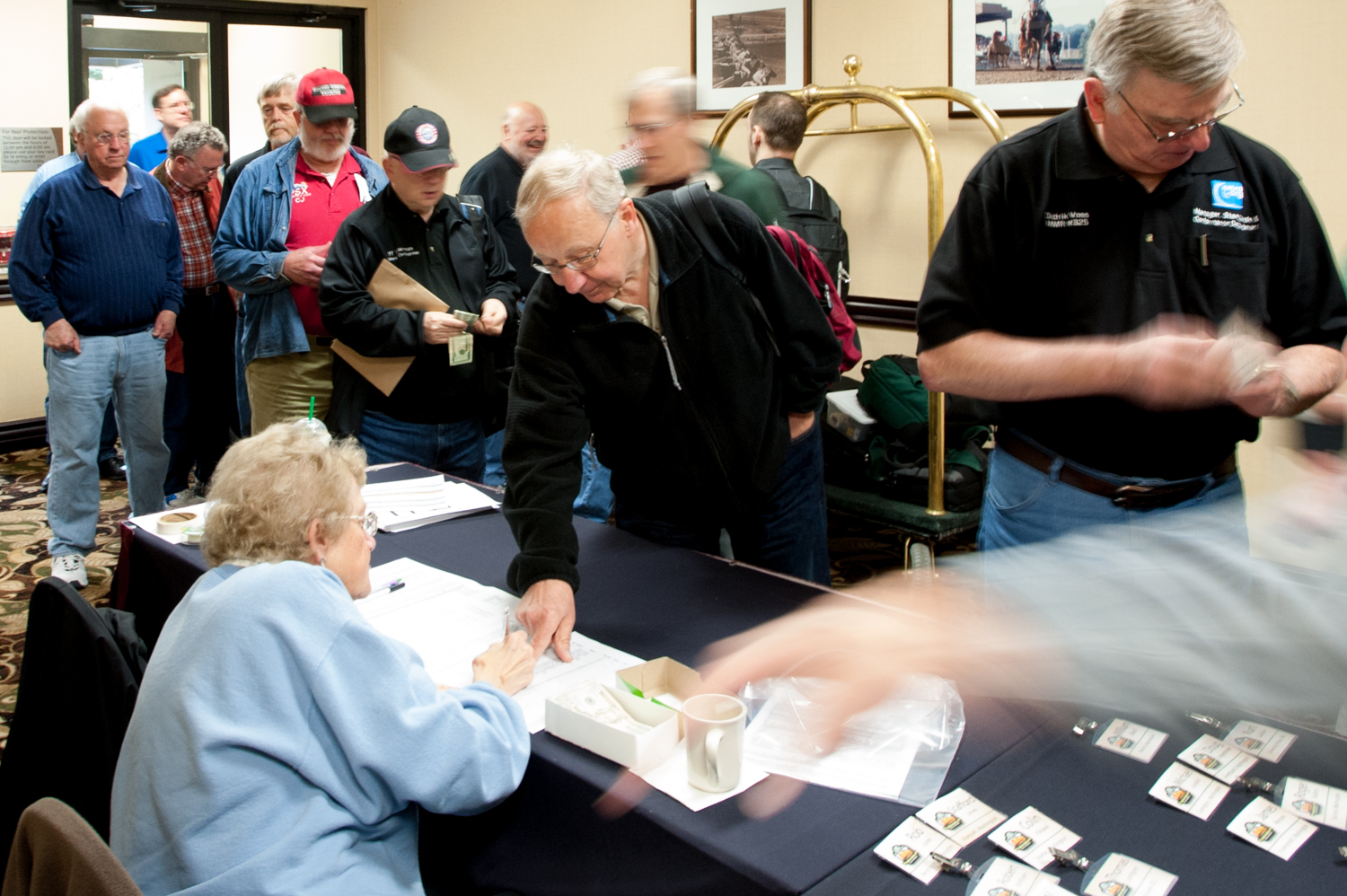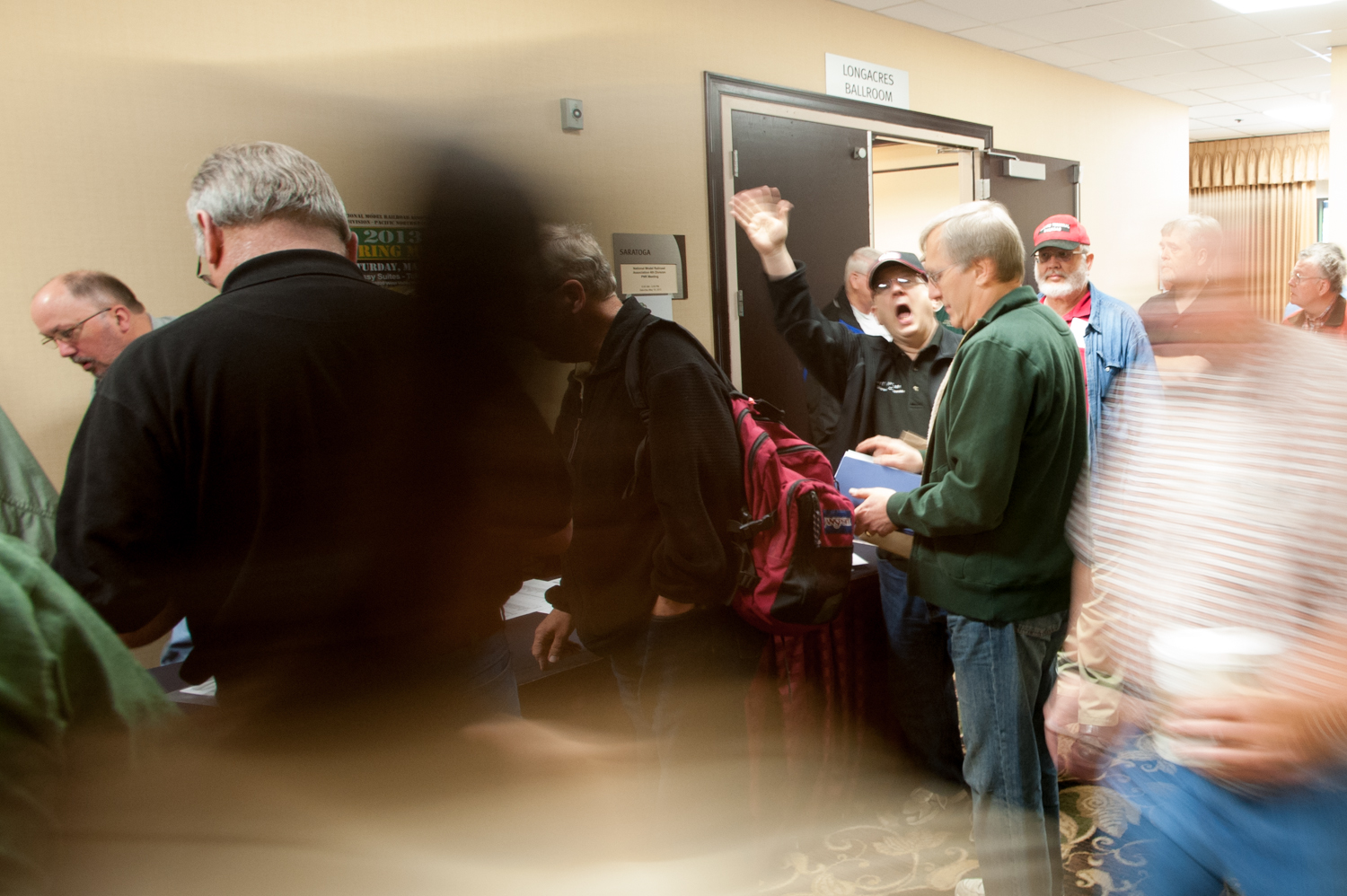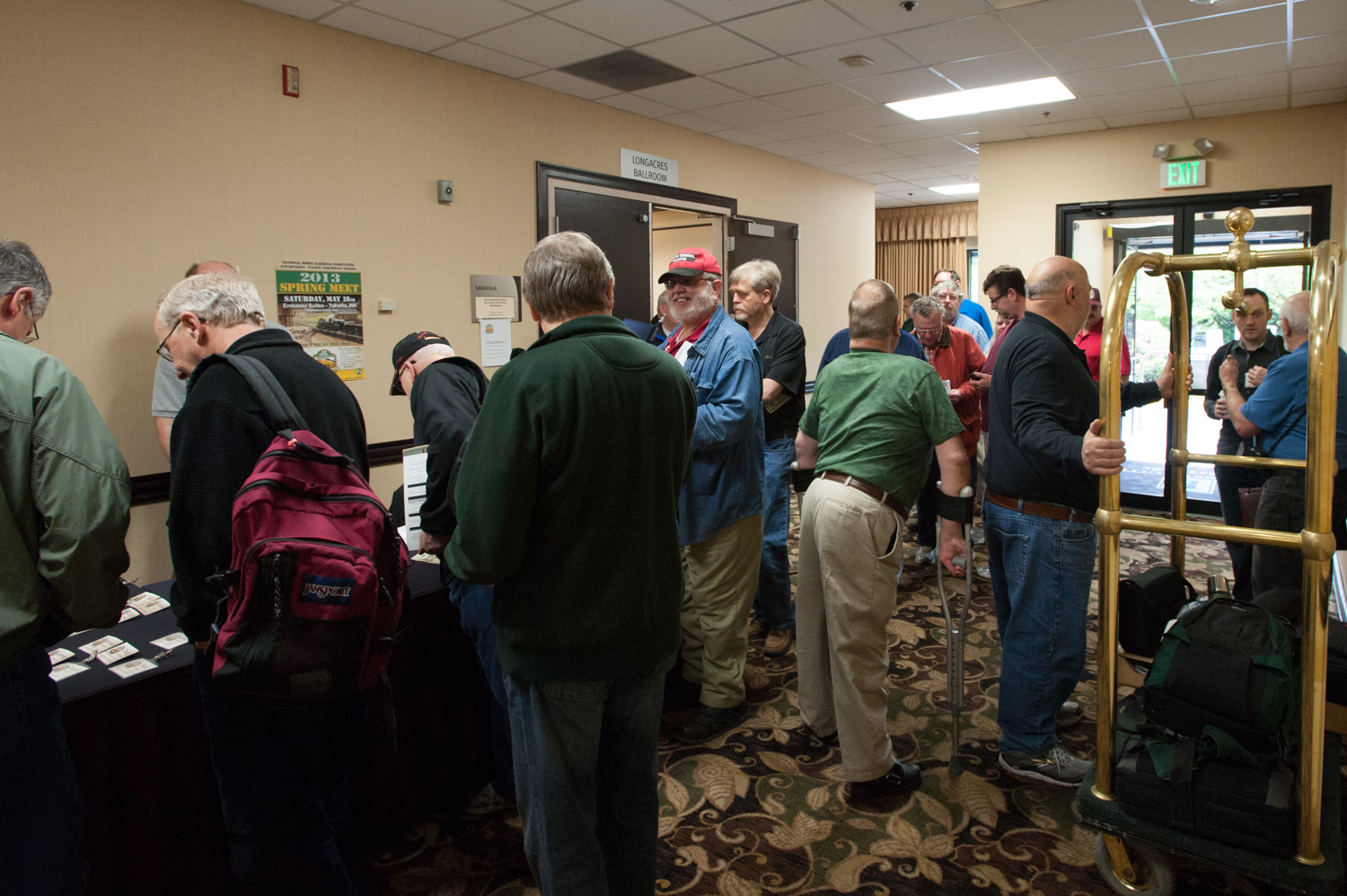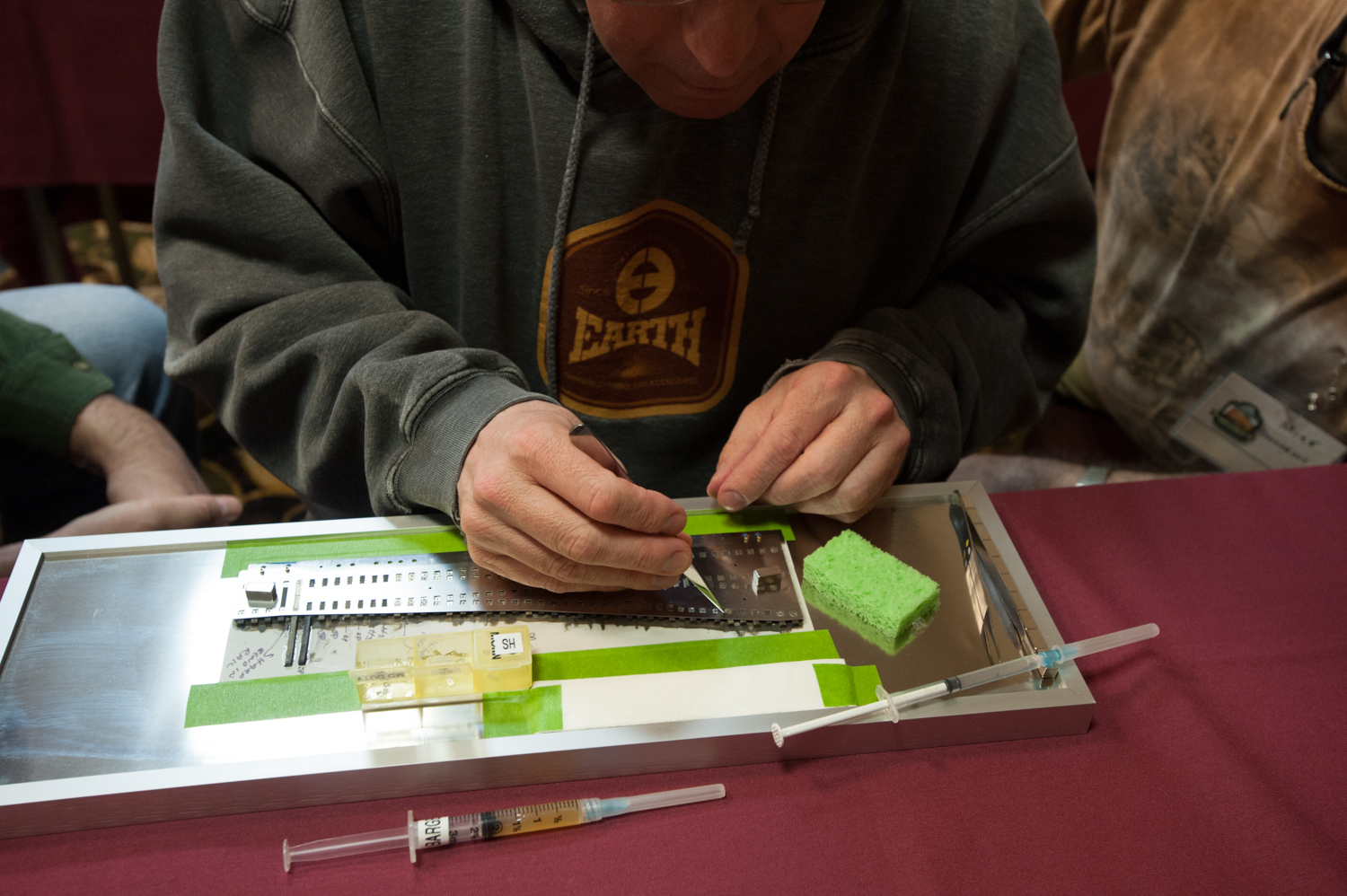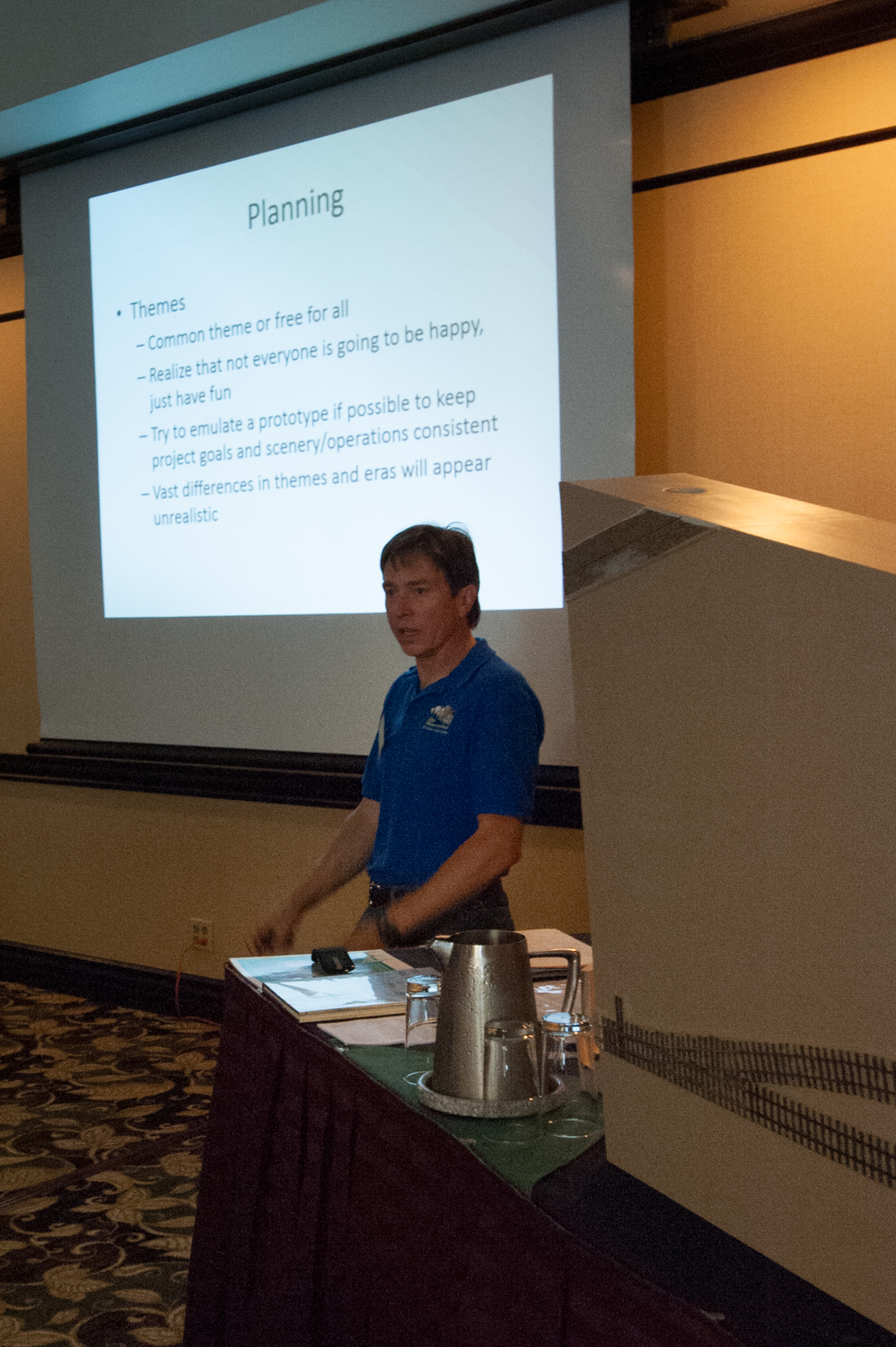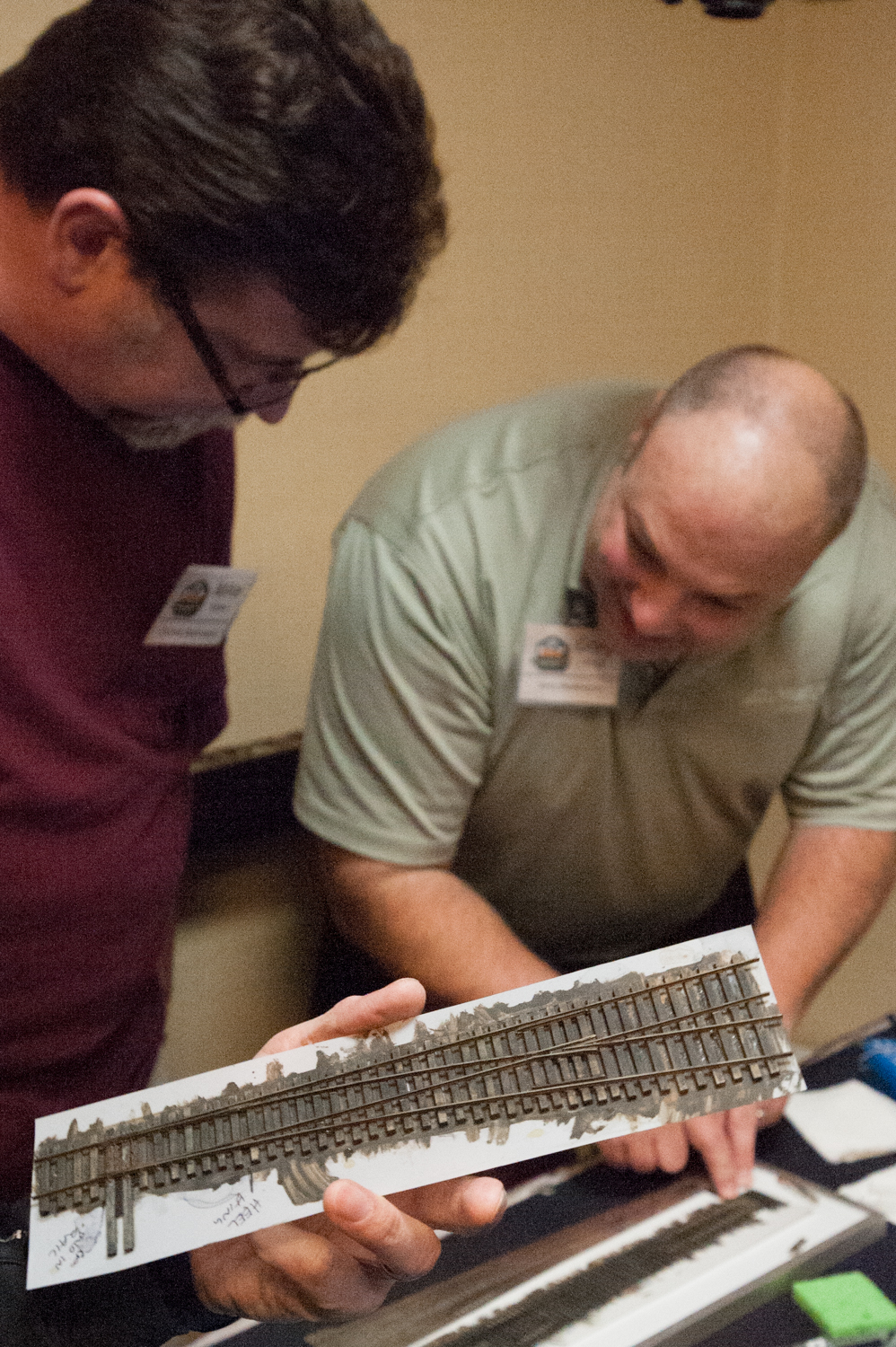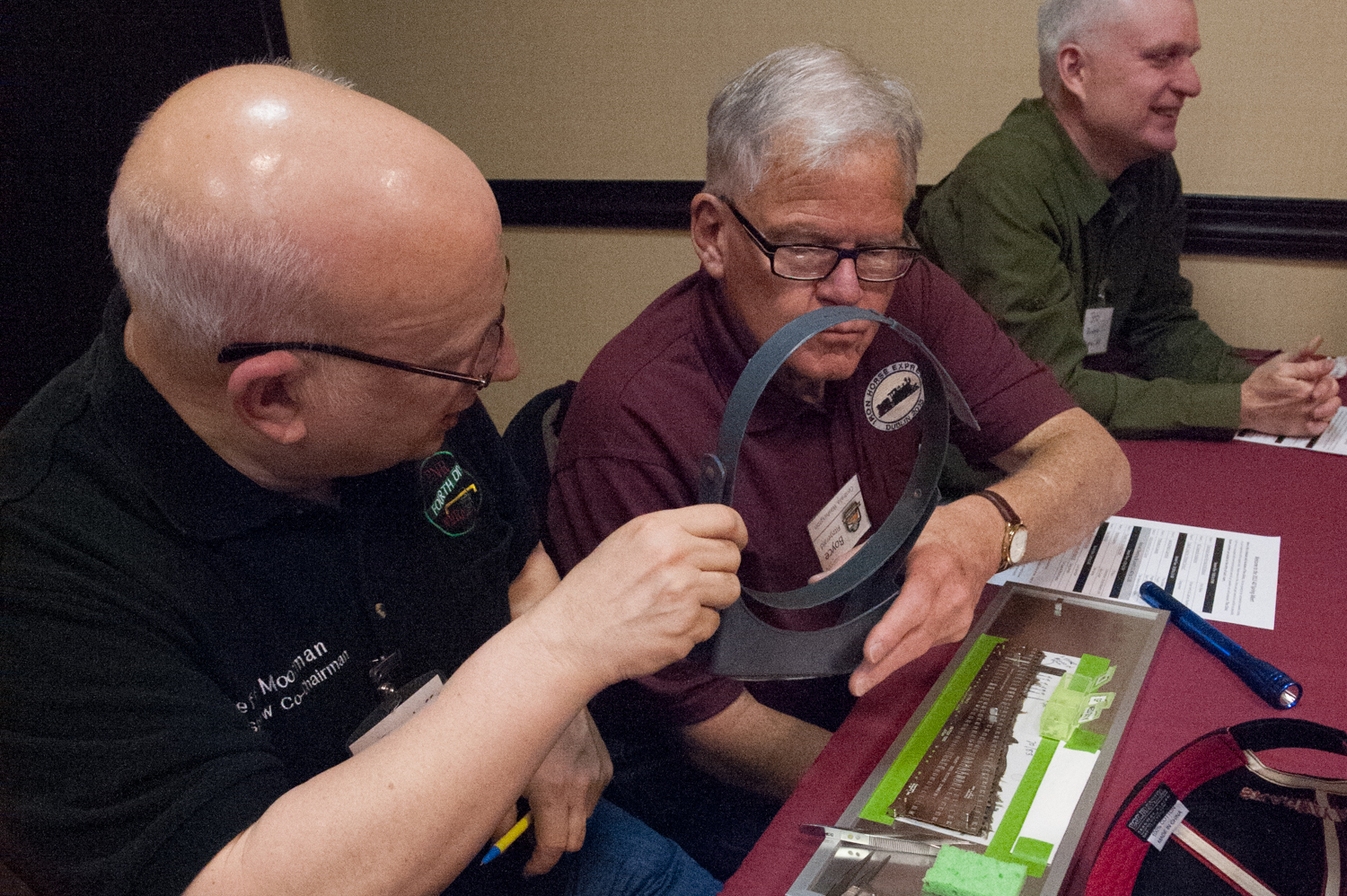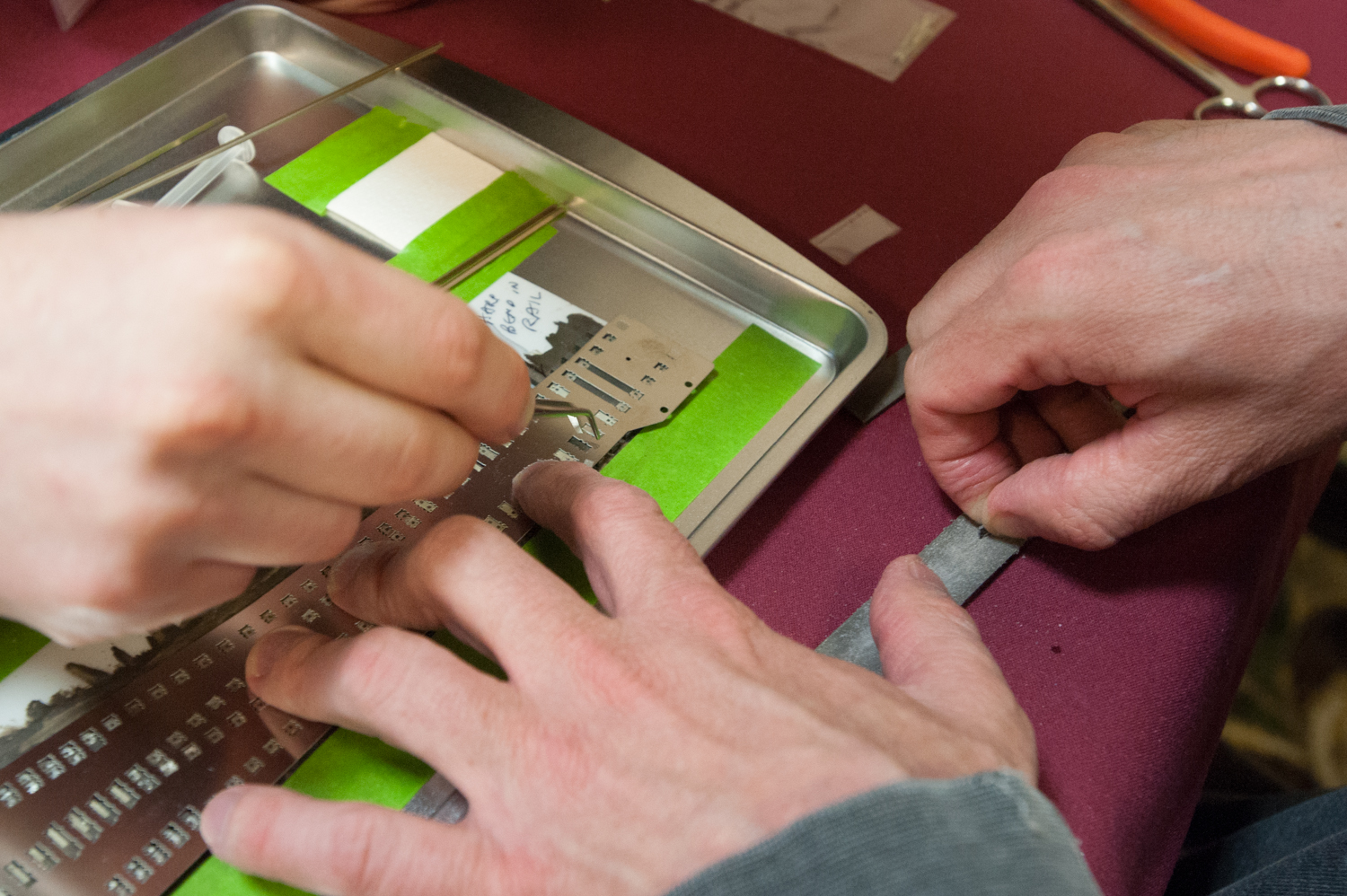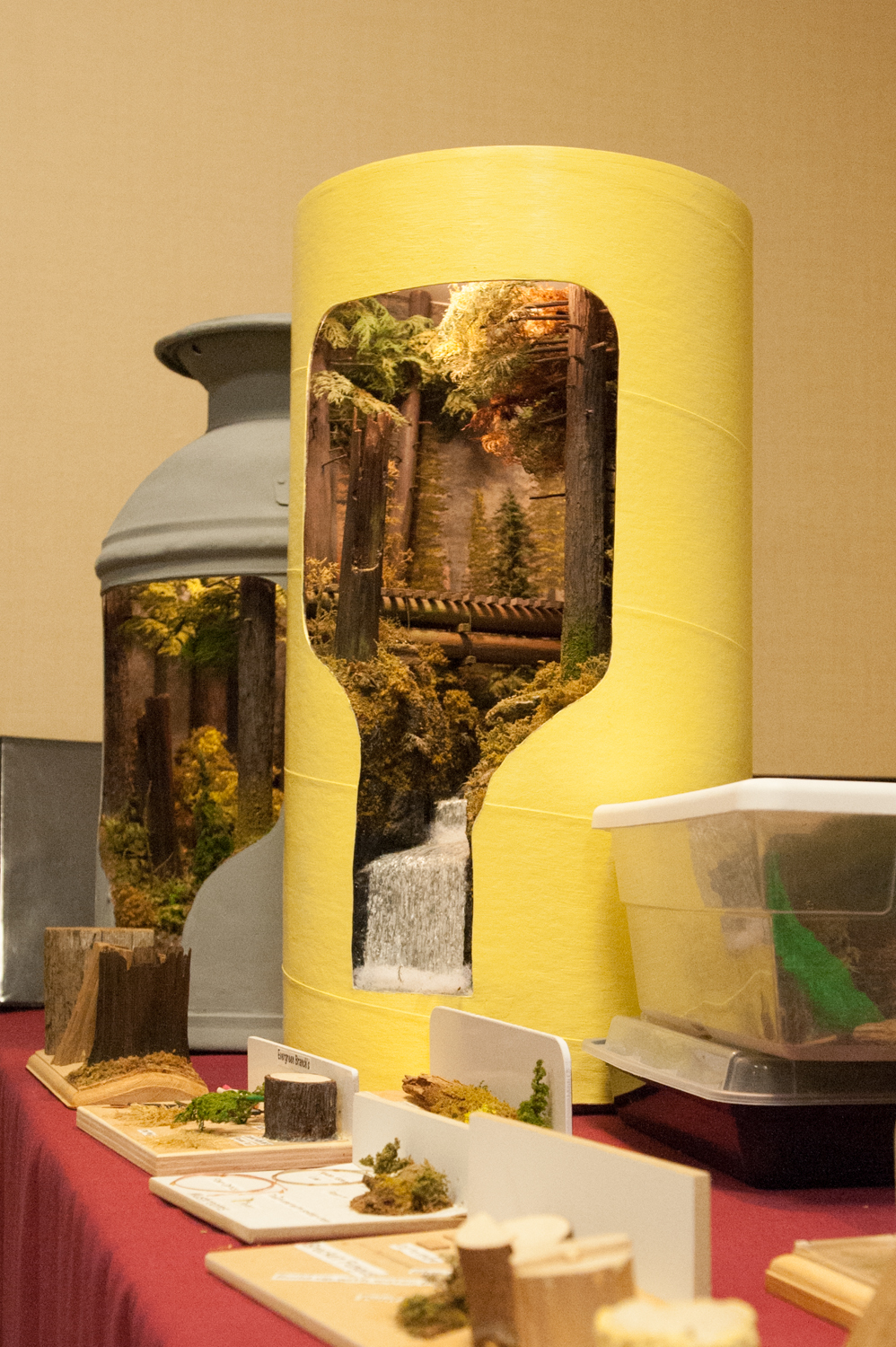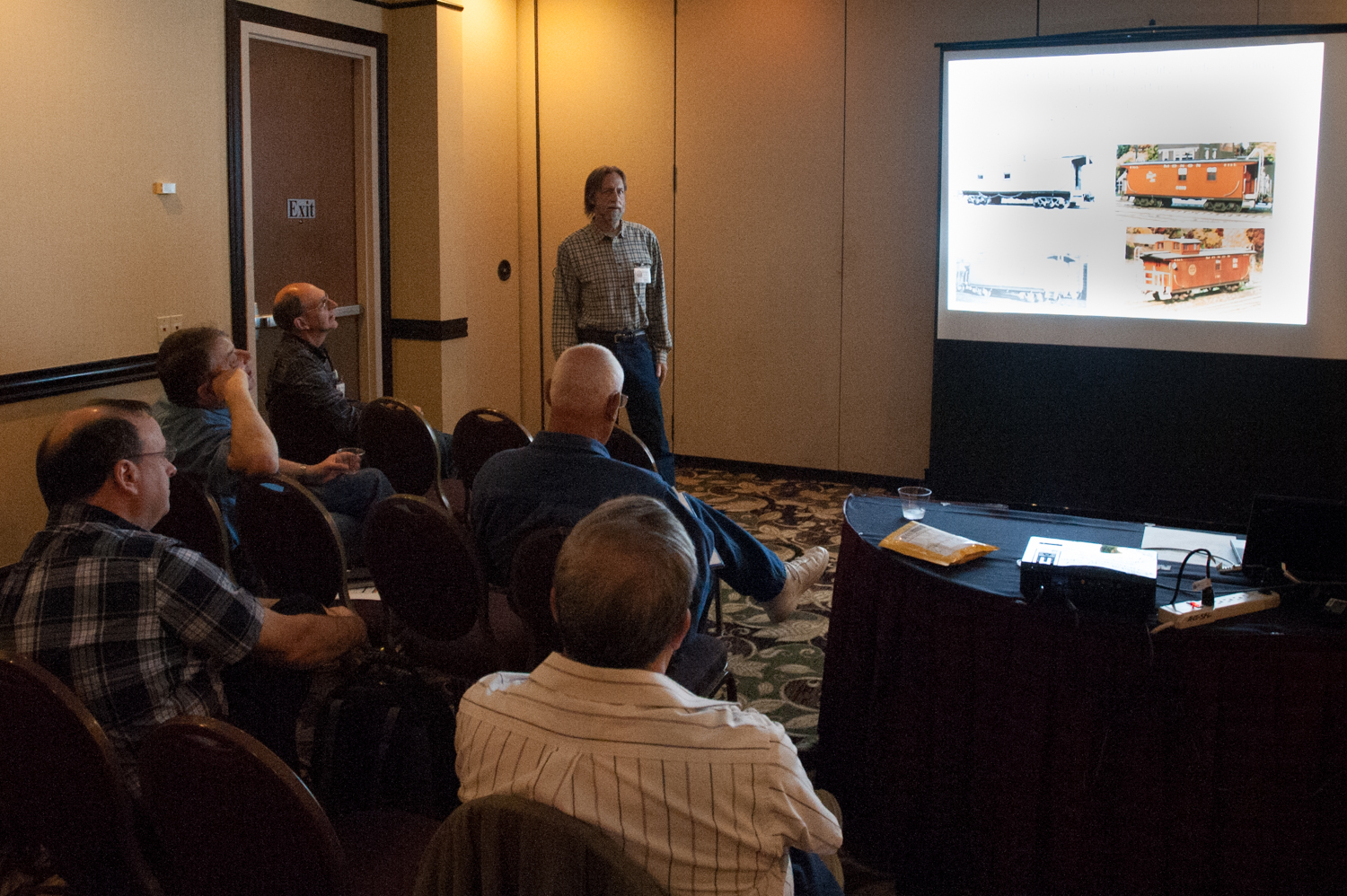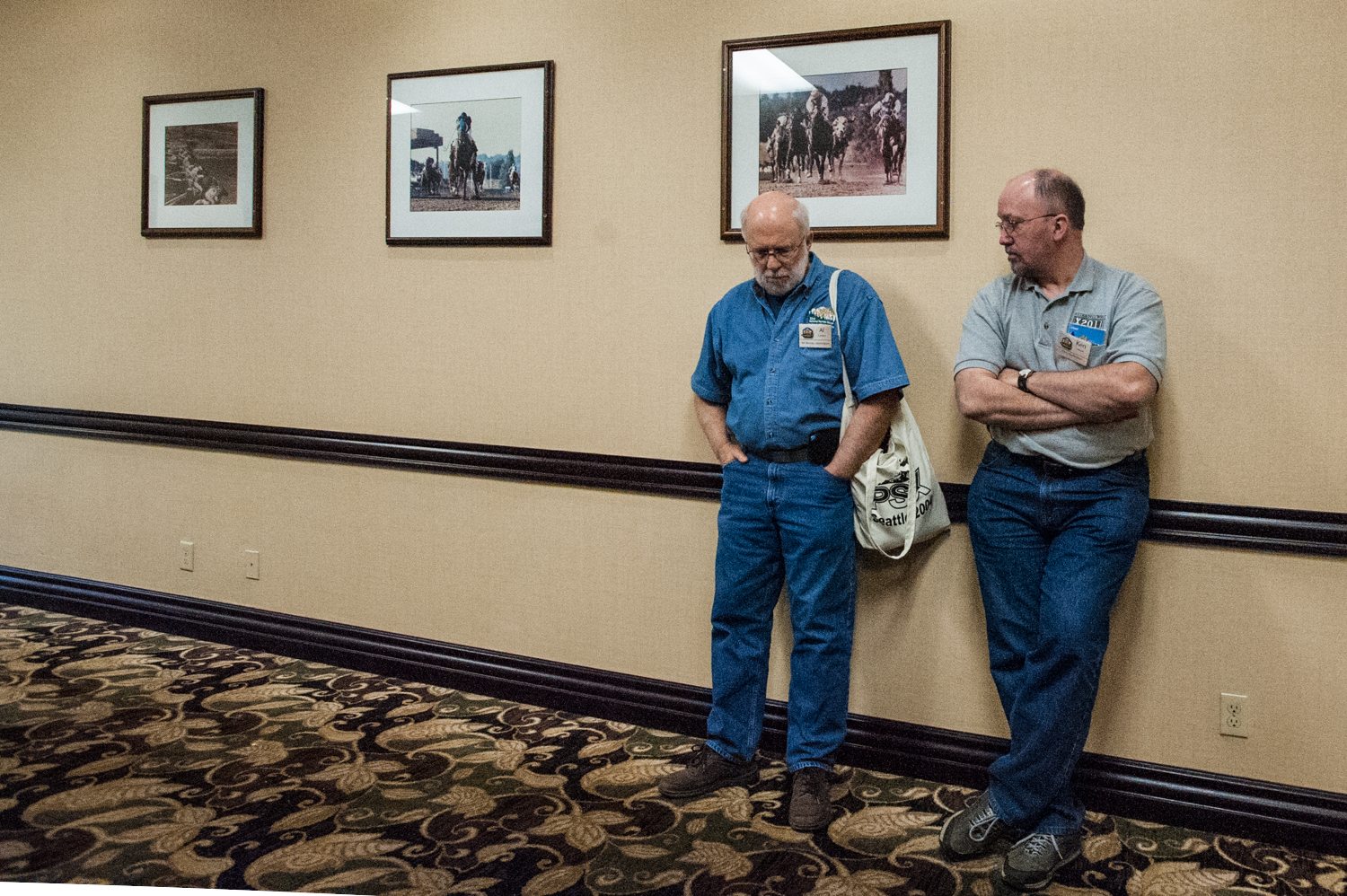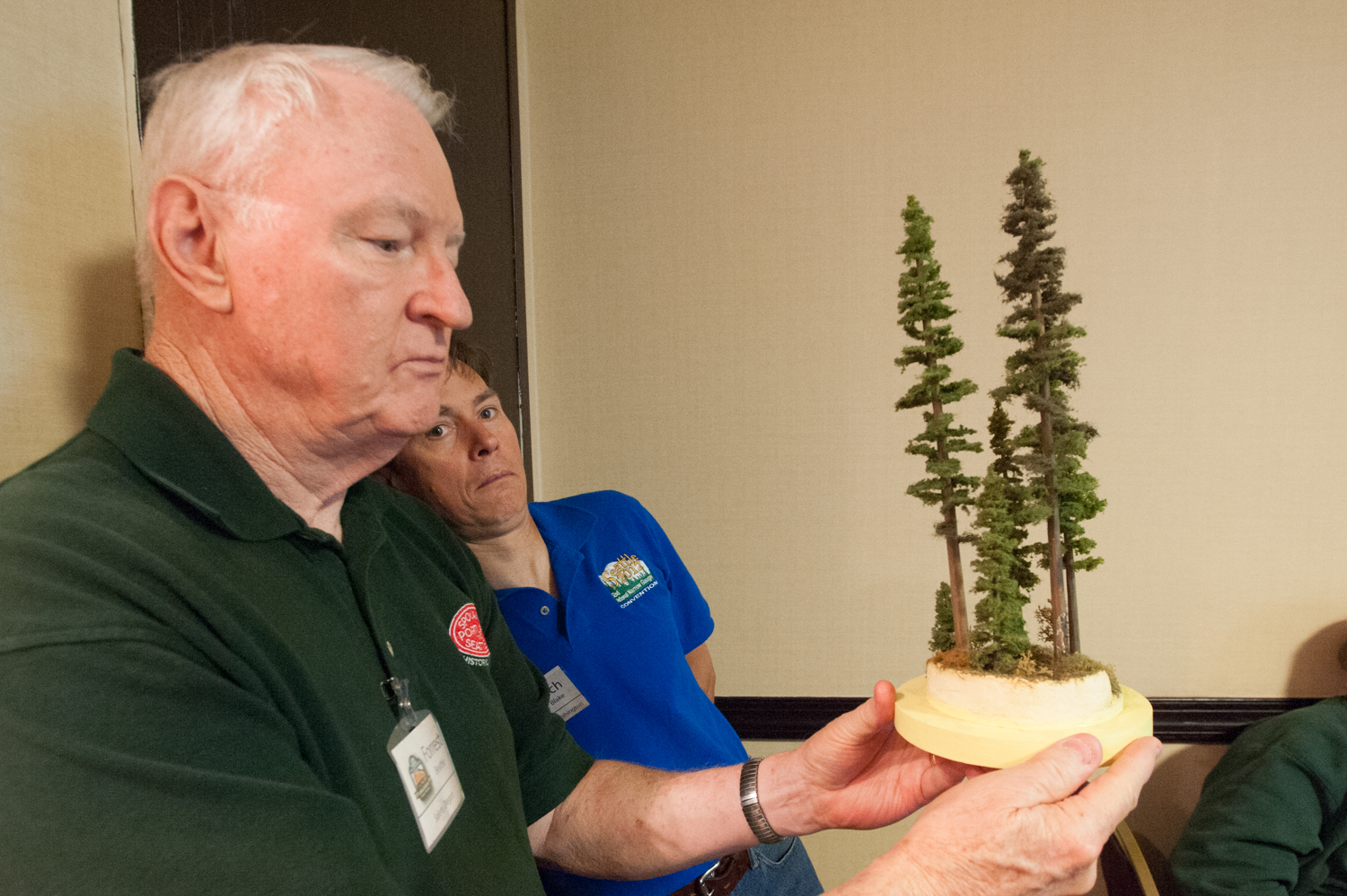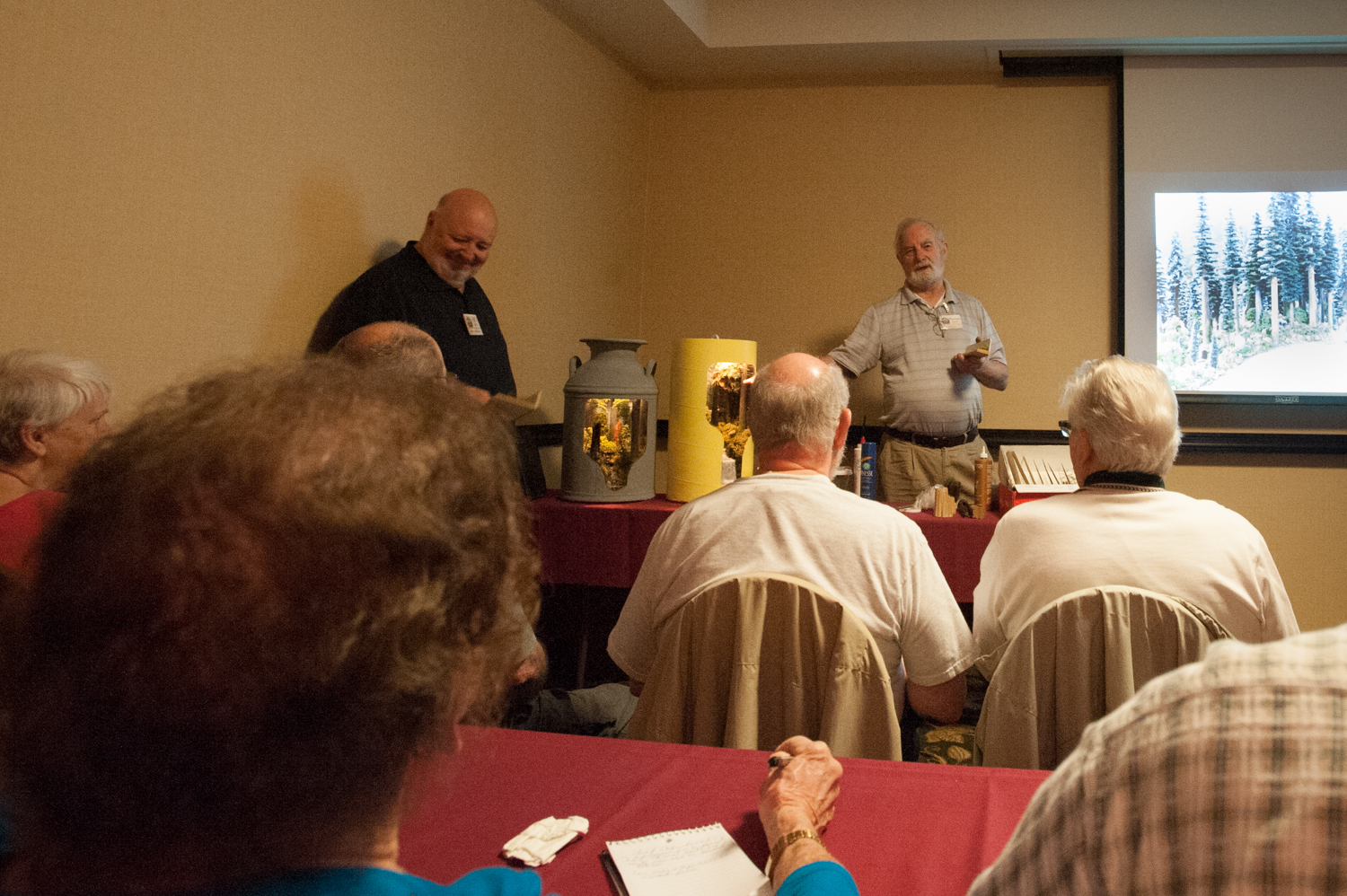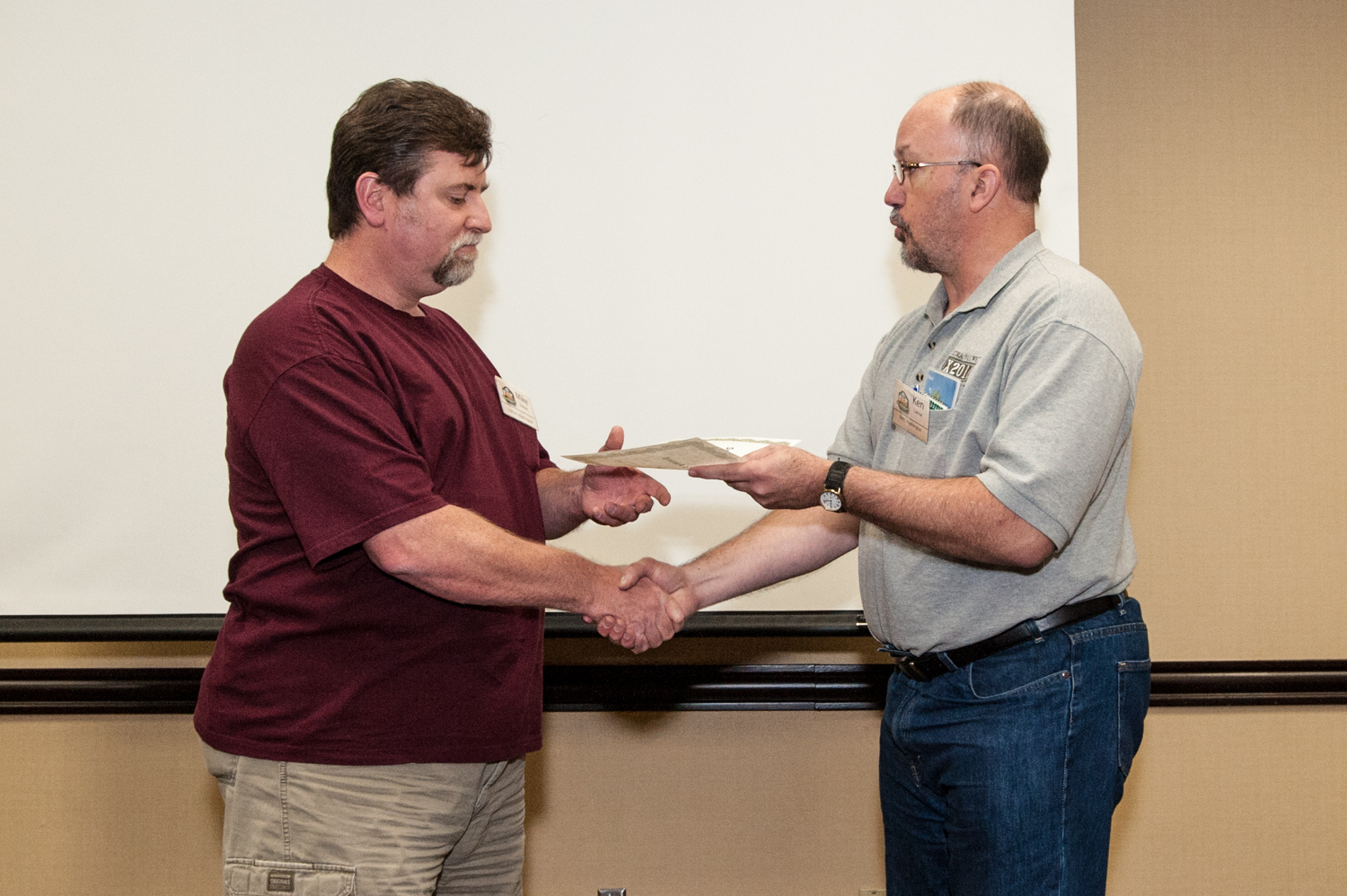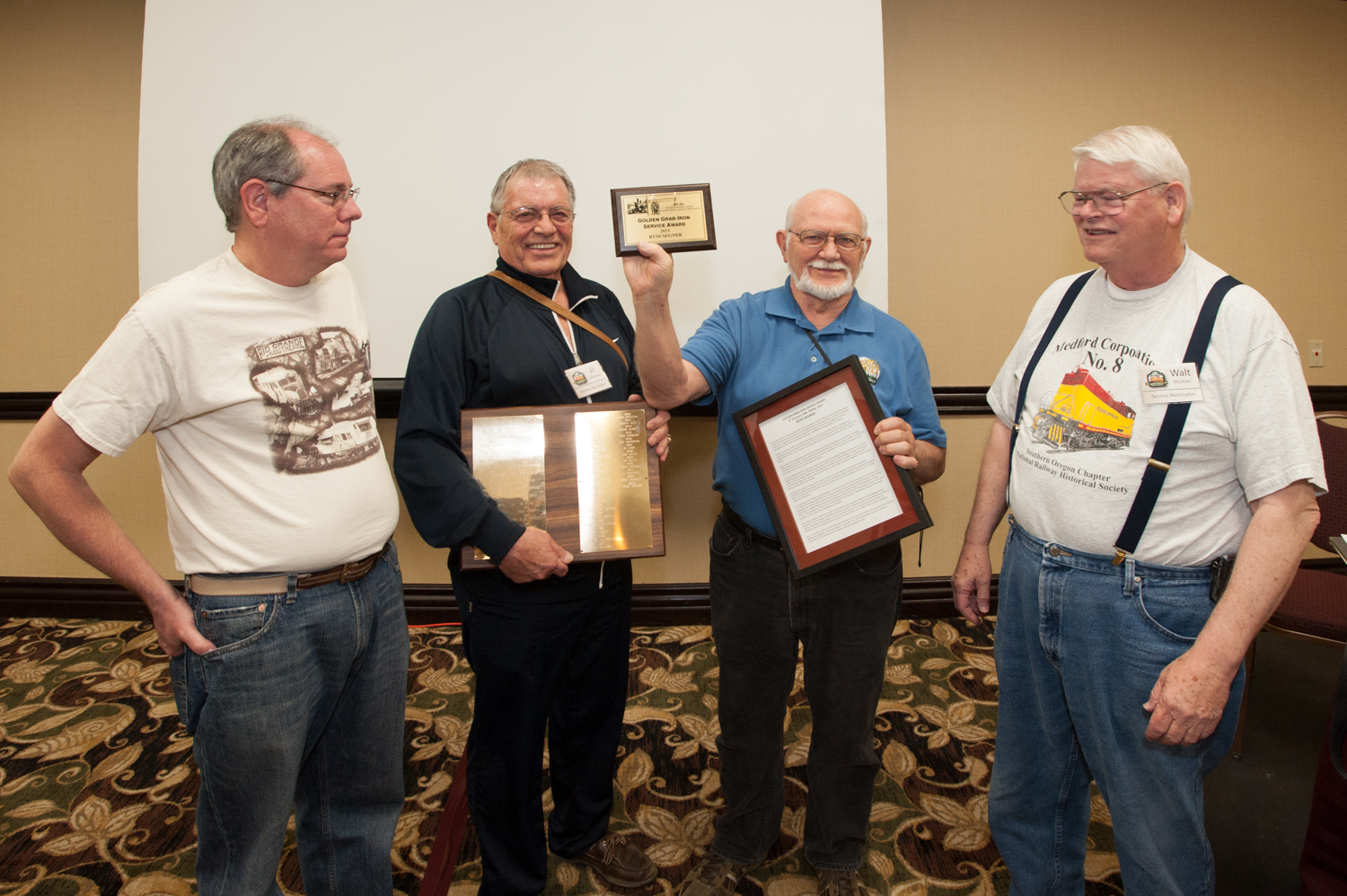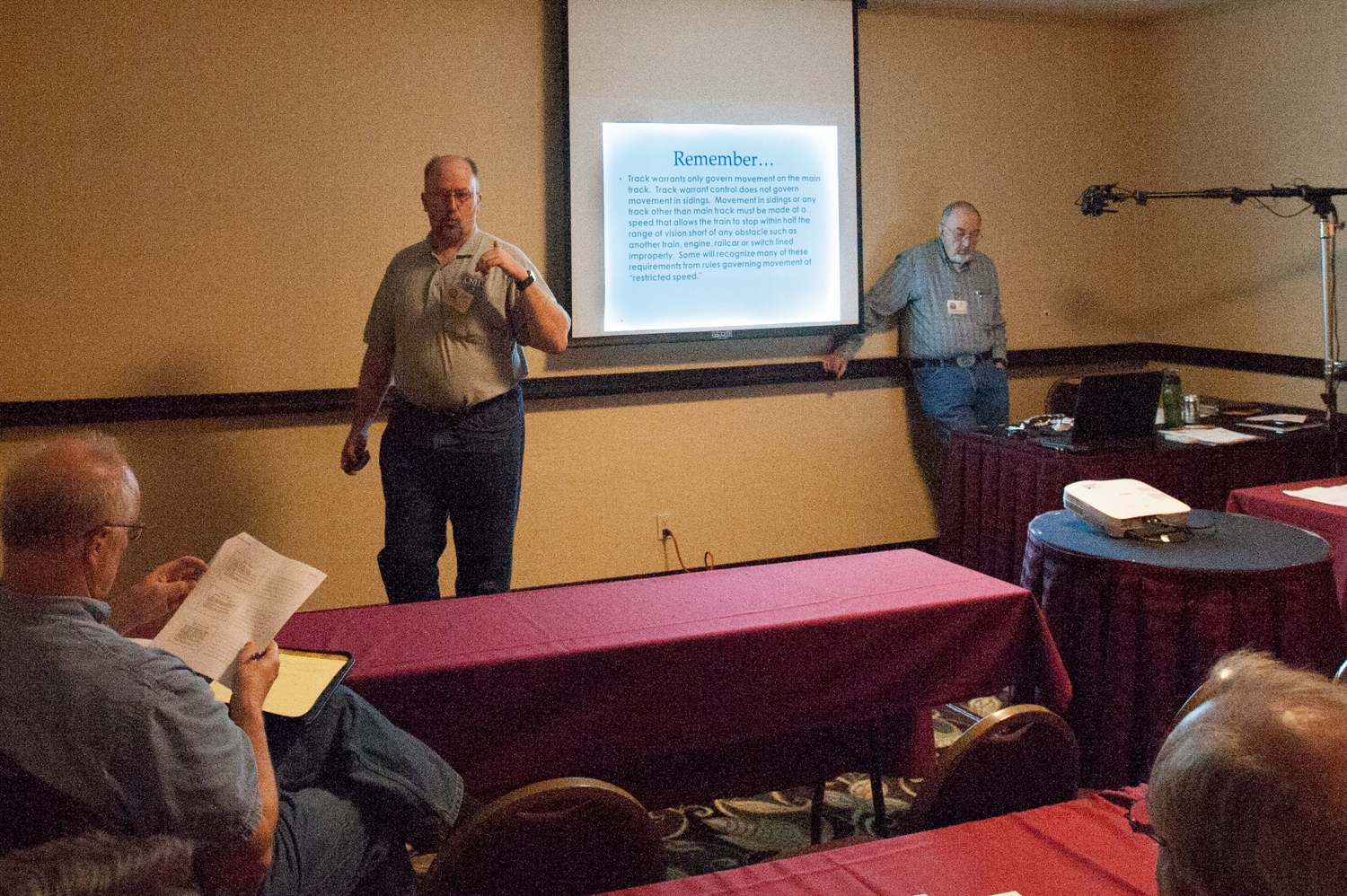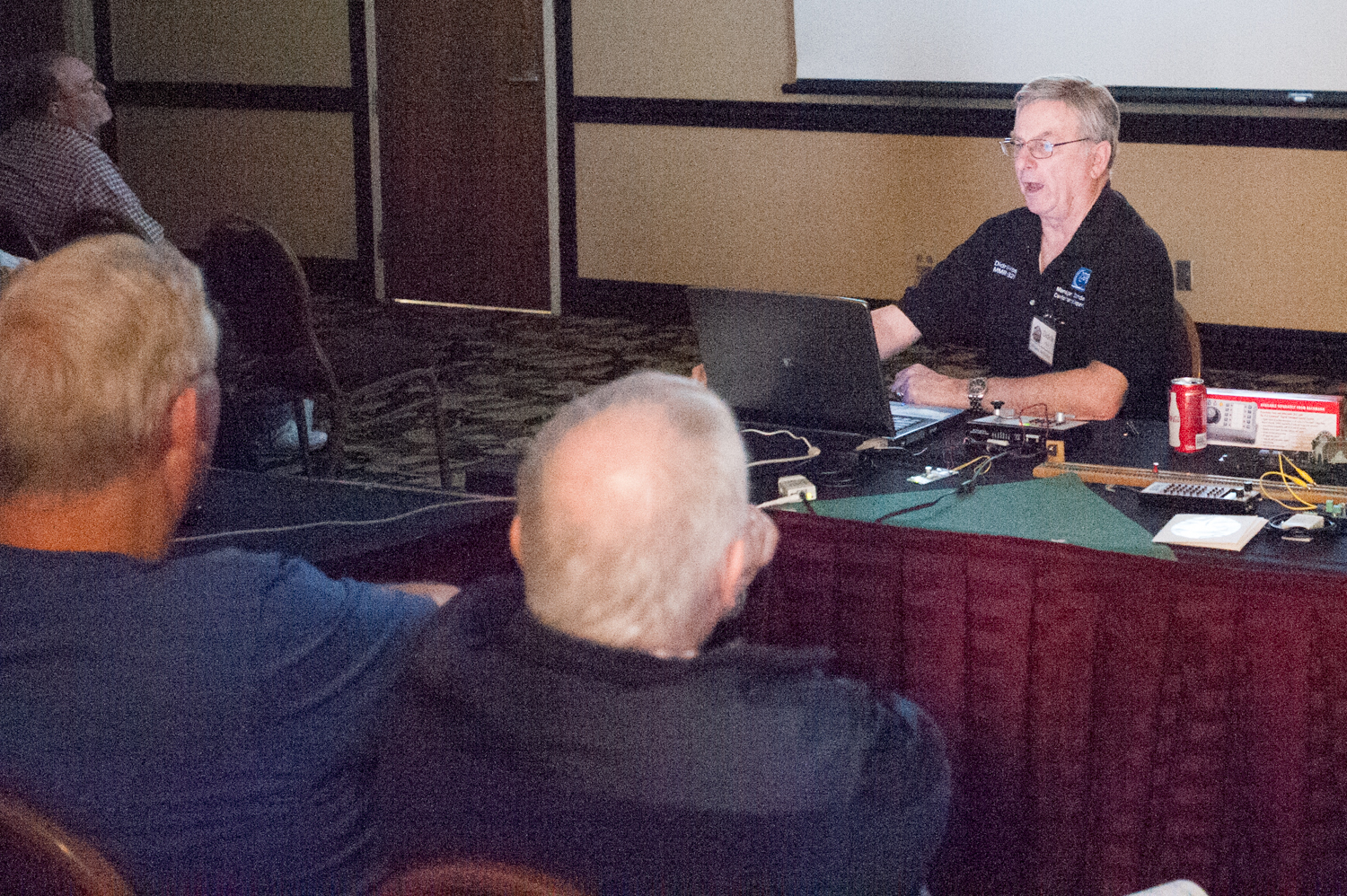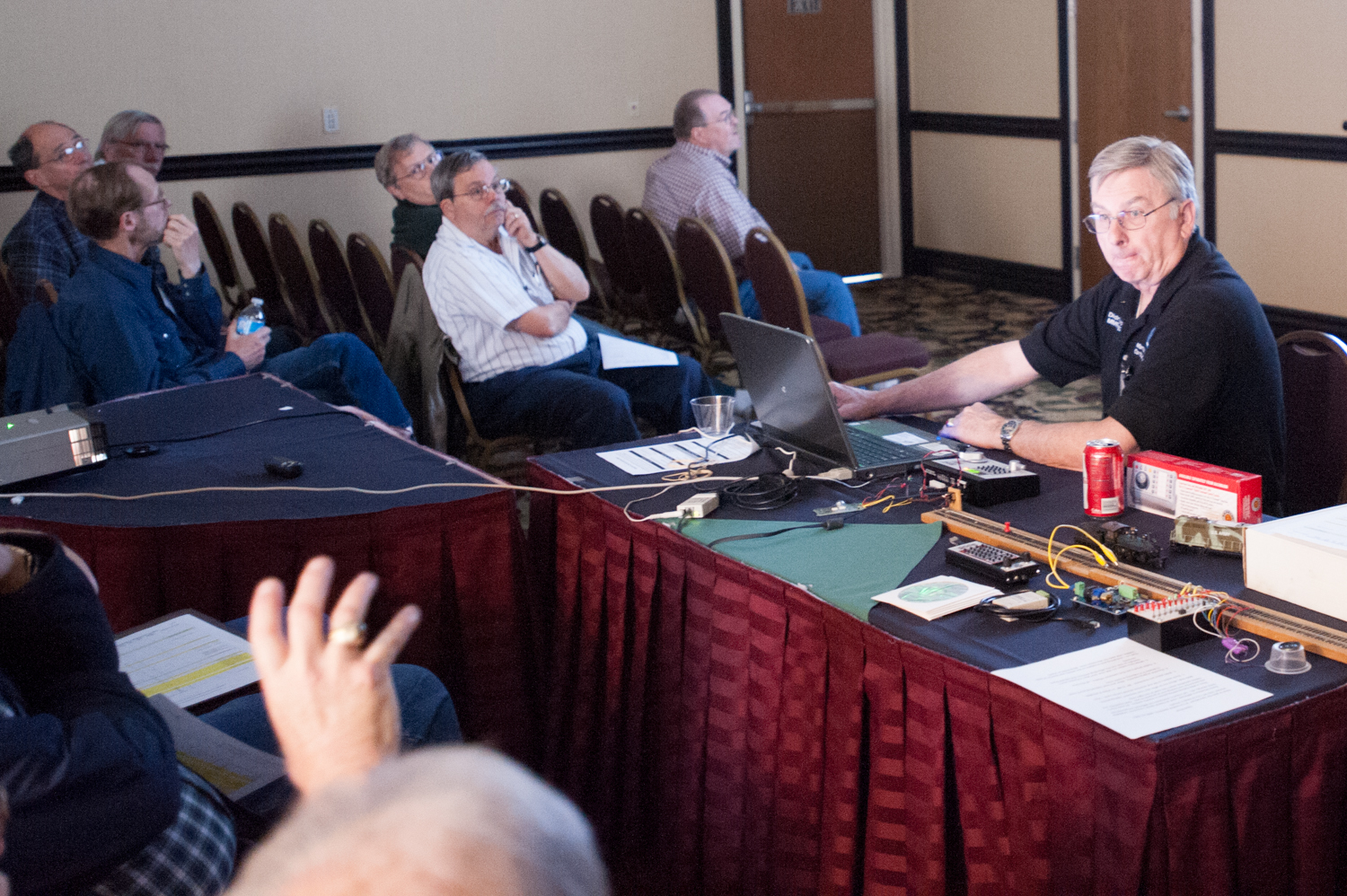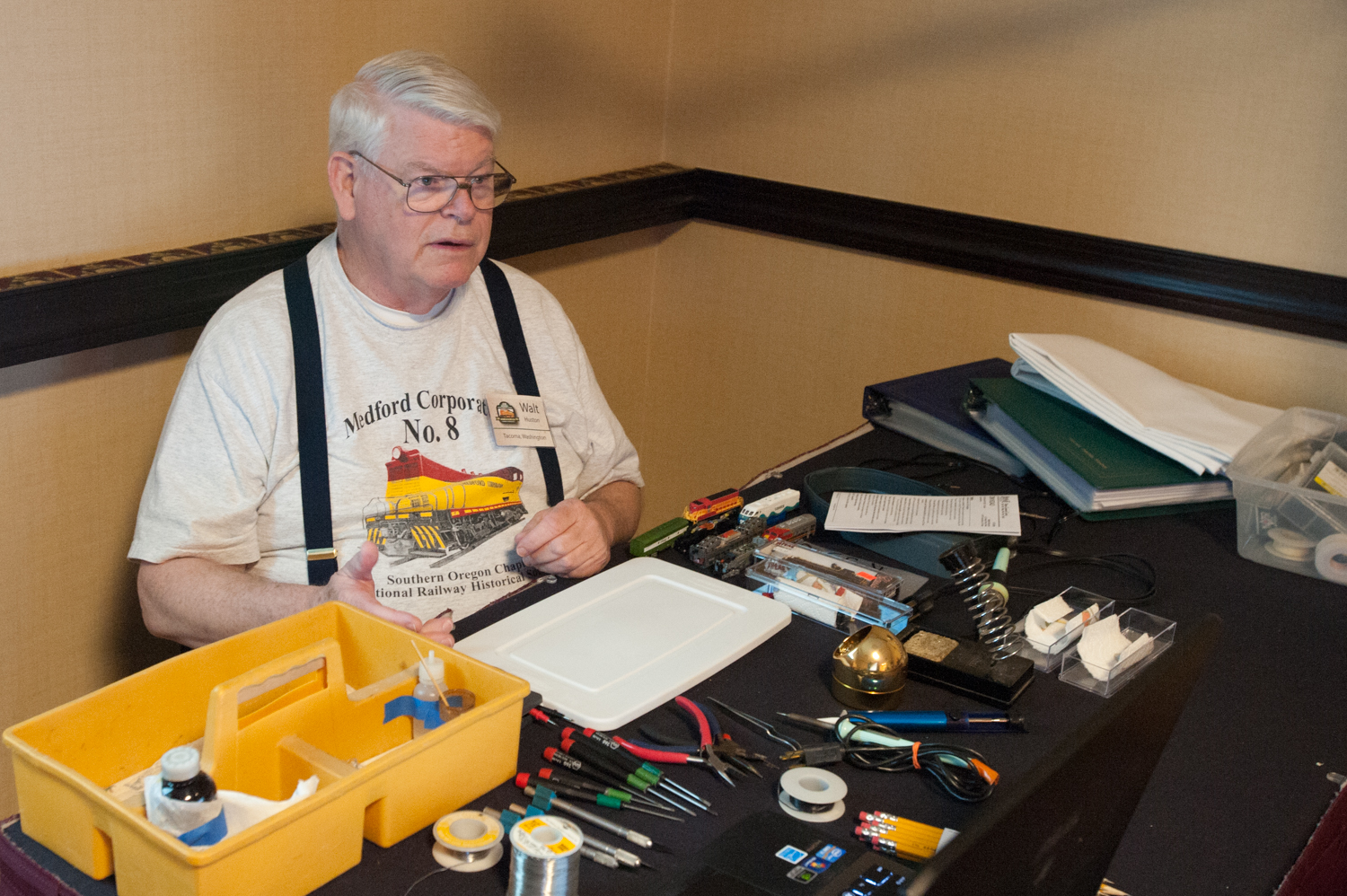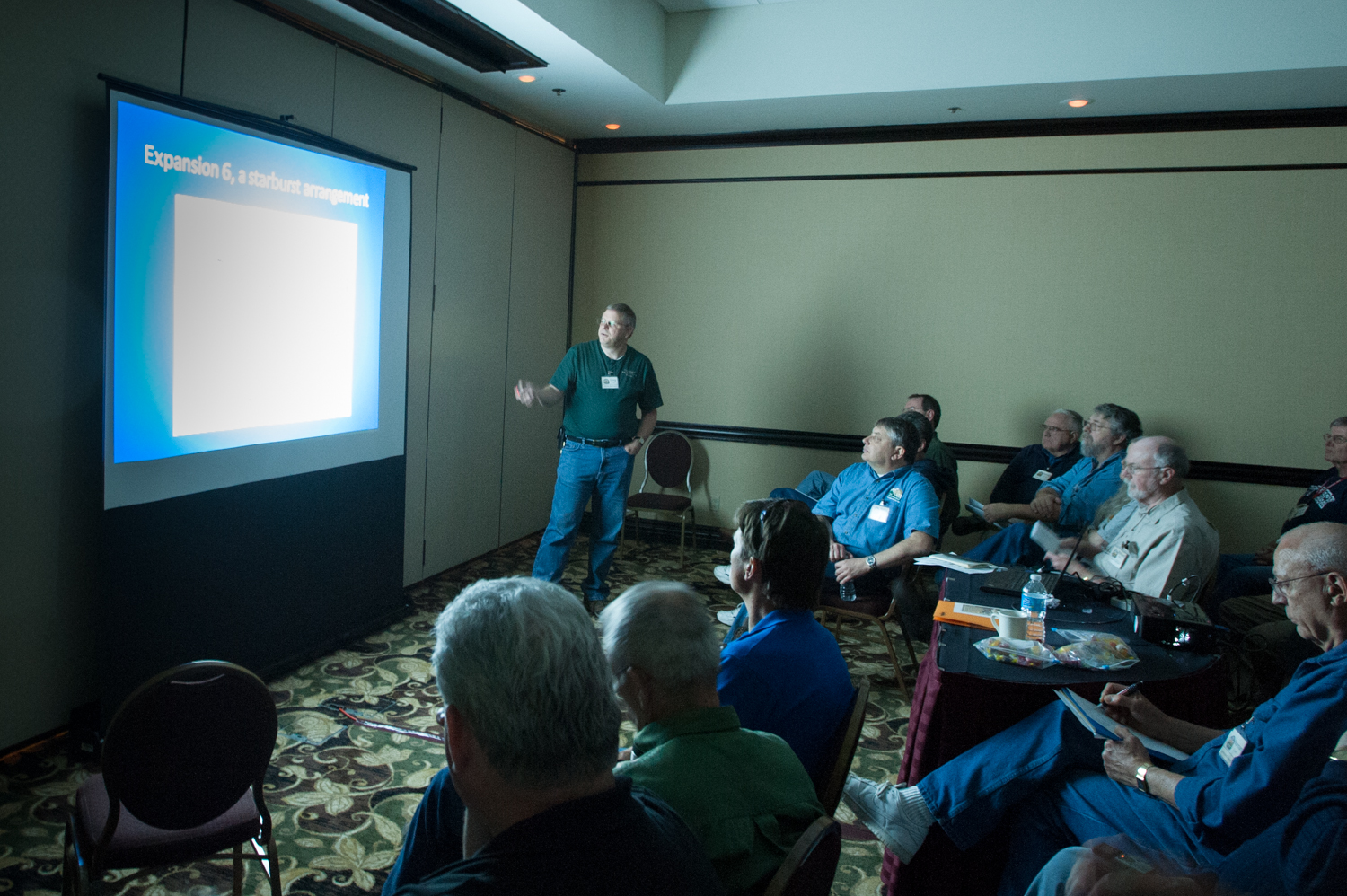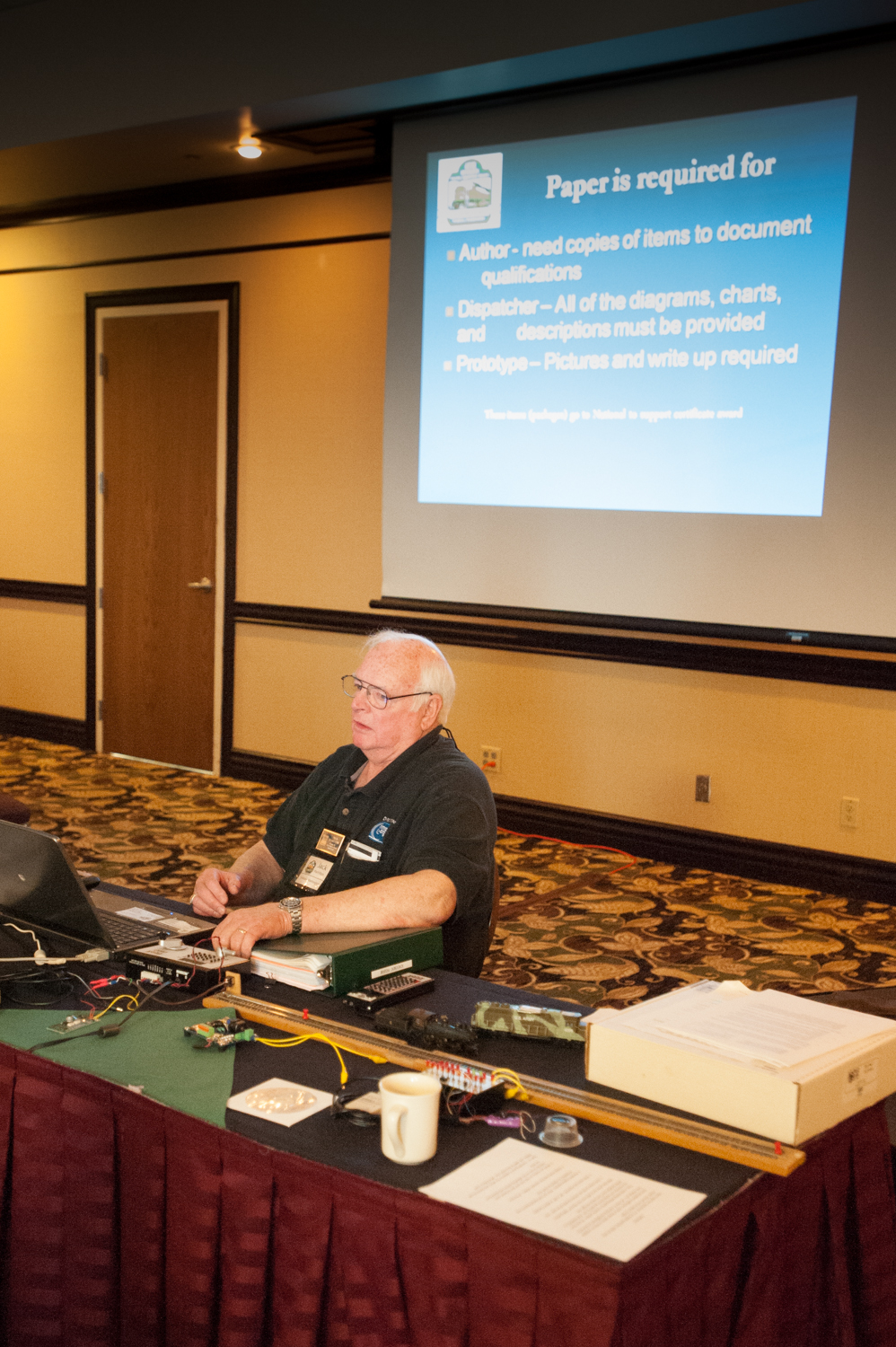Dale Kraus
Thanks to Roger Heid and Ulrich Albrecht for this informative explanation.
In the old days, before the introduction of Personal Computers, electric model railroads were operated in the conventional mode. In the early 1980s, personal computers started to see increasing presence in common households. Subsequently, DCC was introduced to the world of model railroading.
DCC stands for Digital Command Control. The word digital implies the use or presence of a computer or a similar device. However, this did not result in the departure of conventional systems. They are still available. Be also advised that, for the purpose of this article, it does not matter whether you use a DC 2-rail or AC 3-rail system, although wiring the motors will be slightly different.
Now let us focus on the behavior of a conventional system. Chances are, when you were a kid, you received a starter kit for Christmas. Santa was kind, that year. Let us assume the locomotive that came with the kit had headlights, possibly even tail lights. You noticed that the brightness of these lights increased as you turned up the speed control of your power pack. They went out completely when you stopped the train. This probably annoyed you. In the real world, these lights are of constant brightness, no matter what.
In the world of analog model railroading, the power pack/speed control applies an increasing voltage to the track as you turn up the speed control. This explains why the lights behave the way they do. Not much you can do about this very easily.
This is not the end of the story. The following Christmas, Santa delivered another locomotive, because you had put in on your wish list. You were exhilarated. But then you noticed that, when both locomotives were on the track, they both ran simultaneously. That is not what you wanted.
In the meantime, a siding was added to your layout. Your plan was to park one loco on the siding while the other one was running around the track. Good luck with that. You wound up lifting the locomotive of the parked train off the track in order to allow the other train to run around the track. This was not a very desirable situation. You quickly figured out that an additional independent oval of tracks would solve the problem. By wiring an additional connection to your new track, you could now run both trains simultaneously, without collision. But you still could not stop one train while the other one was running. You quickly figured out you needed an additional power pack. Oh, Lord!
For the next Christmas, Santa brought the second power pack. You were in Seventh Heaven. You had separate control over your trains. Great! But now you wanted to be able to have the trains switch from one track to the other. You installed a couple of turnouts, in conjunction with short piece of straight track to connect the two hitherto independent tracks. You quickly learned it did not work that way. It caused problems. So you were forced to abandon that idea, unless you were willing to separate your layout into separately powered sections and install a multitude of switches that allowed you to turn off sections of track and/or connect them to different power packs.
The acquisition of a third locomotive required more tracks and a third power pack, along with more complicated panel switches and wiring. You then ran out of space to put in a fourth track, and so on.
At a later point, you heard about DCC. So, what is this all about?
DCC changes everything. In analog operations, you apply different voltages to your sections of track, and all locos on an individual section behave in the same way. Effectively, you operate your track, not the locos on it. With DCC, you “talk” to each locomotive individually, so you operate your locos, not your track!
First off, the term power pack/speed control changes to the term Control Station, which is a small computer. However, you do not need to know anything about computers to run it. No files, no commands! You now can address (talk to) an individual locomotive, not unlike making a phone call. You can tell it what to do. You can command one to run. Then you tell a running loco to stop, a third one slow down etc. With most Digital Systems you can control at least four locos, independently. This can vary by make and model of the system.
In addition to this, you no longer need to have electrically separated tracks. You can have all tracks connected in one contiguous circuit. You only need one control station and one transformer, usually two separate items.
Another benefit of DCC is how the lights behave, including those installed in a passenger car and EOT devices. Once track power is applied, they are all lit at a constant brightness, regardless what the loco does. How sweet it is!
In order to make all this possible, each locomotive needs to be equipped with a “Decoder”. This device receives the digital commands sent by the Control Station. It interprets the signal and will tell the loco what it is required to do, a decision you make, being the operator. Each decoder has its own address, similar to a phone number. All digitally equipped locomotives come with factory set addresses. They can be changed by the user, if needed. You need to know that no two locos on the track must have the same address. That is a No-Go!
Finally, another important issue needs to be addressed, namely the difference of track power behavior. There is a big difference between conventional (analog) systems and DCC. As explained earlier, in a conventional environment, the track voltage is increased as the speed control is turned up higher. When the speed control is turned all the way down, and the locomotive stands still, the track voltage is zero, which is why the lights go out.
In the DCC world, this is not so. Once the track power is turned on, which the operator does by pushing a button on the control station, the track power will immediately be at full voltage. This voltage depends on track scale and system. It will be somewhere between 12-18 Volts. The locomotive decoder needs the full voltage in order to function. At this point, the locomotive does not run, because it was not told to do so by the decoder, hence you, the operator.
The difference between DC 2-rail and AC 3-rail does not come into the picture here. All DCC systems behave very similar. The track power applied is a form of AC, but not a sine wave. It consists of a square wave. It is also not a 60 cycle affair, such as the common household current outlet provides. It is usually in the vicinity of 10 kHz (10,000 cycles). Newer decoder models actually step this frequency up to 15 kHz, to improve the locomotive’s running characteristics.
Then comes the next step. The decoder will send this raw track power through a bridge rectifier circuit to produce a smooth DC voltage to facilitate the proper functioning of the electronics contained on the decoder. The decoder then uses the data and the rectified voltage to produce a pulsating DC for the motor.
DCC systems, especially the more recent models, can also control functions other than locomotive speed and sound. This is another chapter in the book, geared for advanced users. Don’t let this scare you; it’s really quite easy.
By all this, it is necessary to keep your tracks clean and in good operating condition. DCC will not fix operating deficiencies caused by dirty tracks, pickup shoes and faulty track connections, leave alone locomotives in poor condition. In fact, such faults can seriously hamper smooth running on a DCC system. Furthermore, be prepared to spend a little more money than you may expect, at first glance, but usually less than a multi-cab analog set-up.
If you are serious about realistic train operation, the added expense is well worth it.



